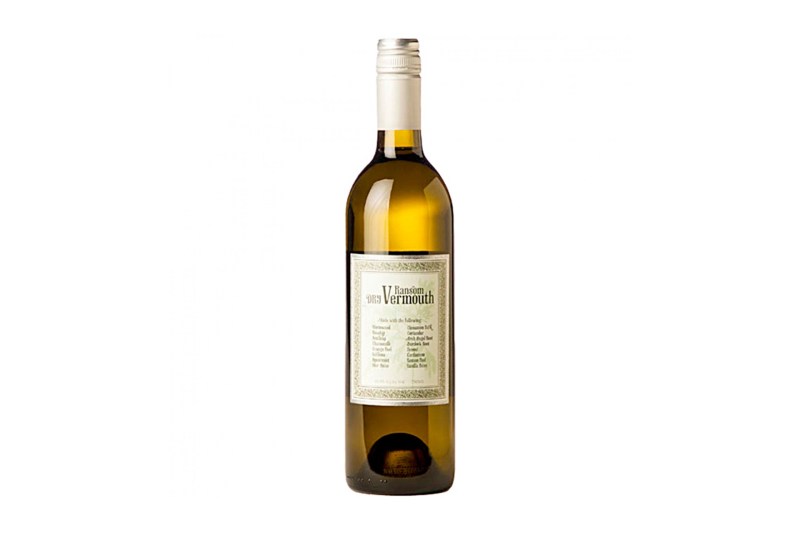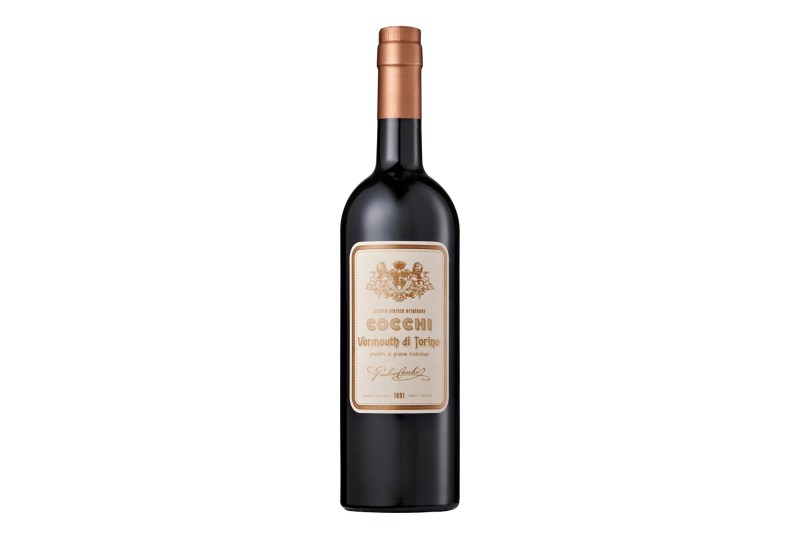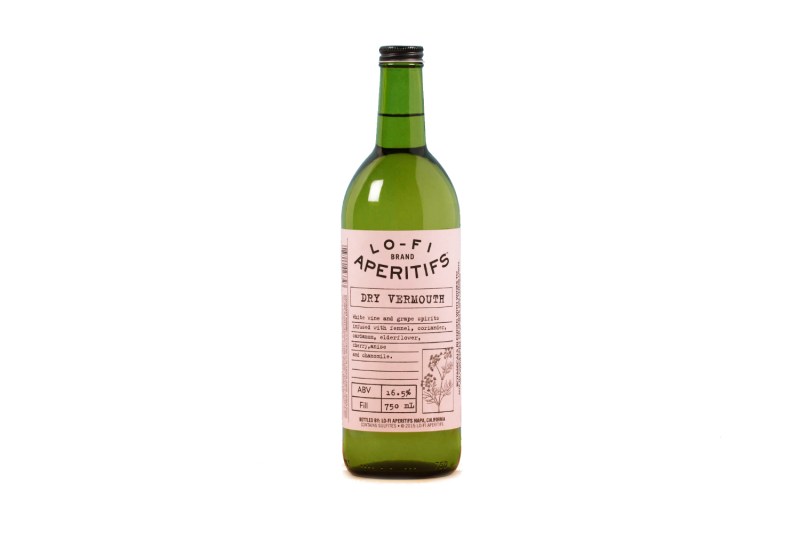On top of having one of the coolest names in the entire drinks realm, vermouth is an essential bar item. The best of the bunch are great sippers on their own and some of the most famous cocktails on the planet depend on the stuff.
Think of vermouth as wine given the gin treatment, a fortified grape spirit hit with all kinds of herbs and botanicals. A bit like amaro in its highly aromatic quality, gin depends heavily on the many herbs, seeds, roots, barks, spices, and more added to it.
Behind the bar, vermouth could not be more important. It’s a heavy lifter in any number of classic cocktails, from a Vodka Martini to a Negroni. In this country, it’s often overlooked, something found in a Martini & Rossi bottle at the grocery store and little more. But it’s a vibrant drink that’s fun to play off of with spirits, cook with in place of wine, or enjoy as an aperitif.

Like so many great things, vermouth got its start in Italy. In the mid-17oo’s in Turin, the drink was devised as a medicinal thing and soon shifted to a fashionable sipper. It quickly found a home in a number of mixed drinks but was equally popular chilled and neat, even as a midday drink. Vermouth has since evolved to include two major categories (red and white) and styles (sweet and dry).
Interestingly, the word vermouth is based on how the French say “wermut,” the German name for wormwood. Italy and France continue to be major producers, unsurprising given their related wine cultures, but Spain, the U.K., and the U.S. turn out quite a bit, too. In fact, the last couple of decades have seen an exciting number of solid American vermouths enter the scene.
Related Reading
Vermouth is made atop a relatively low-alcohol neutral white or red wine. It’s given the aromatic treatment with some special combination of herbs and other aromatic ingredients before being fortified and put to tank or barrel. A number of wine grapes are used in its production, from Clairette blanche to Trebbiano. Some parts of the world, like Chambéry in France (home of the famous Dolin vermouth), are so well-known for their distinctive vermouths that they have their own appellations (much wine has its Burgundy, Chianti, Napa Valley, etc.).
Sweet vermouth tends to clock in at about 10-15% sugar, which is quite sweet but great for mixing and offsetting other ingredients in cocktails. For sipping purposes, this writer prefers a dry vermouth. This style tends to have very little residual sugar and drinks more like a sherry. They tend to be fragrant, briny, floral, and fresh.
As you look to be more adventurous in 2021, even from home, give vermouth a shot. There are unique takes from all over the world and it’s tremendously fun to experiment with in the glass. Here are a few worth trying:
González Byass La Copa Rojo

A sweeter red Vermouth from Spain, La Copa has been made since the late 19th century. Made from Oloroso and Pedro Ximenez, soleras in Jerez, this option offers big baking spice and dried cinnamon notes and dark fruit. It’s fun on its own or mixed up with some sherry or brandy (or some combination of the two).
Ransom Dry Vermouth

This riff from Oregon is like potpourri, bursting from the glass with floral aromatics. On the palate, it shows wild honey and an even mix of herbs, fruit, and spice. It owes at least part of its well-roundedness with some aging in French oak barrels.
Cocchi Vermouth di Torino

This northern Italian version should be a part of everybody’s at-home bar setup. It comes in a pretty bottle, is made from the Moscato grape, and is great with some whisky or even splashed into some Prosecco. On its own, it shows a pleasant mix of orange peel, leather, and strawberry rhubarb.
Lo-Fi Aperitifs Dry Vermouth

Crisp and plenty dry, this vermouth from Lo-Fi does well with most spirits and is made with rhubarb, cocoa, and gentian root, among other things. Made in California, it holds a nice citrus streak and stays on the palate for a while.


